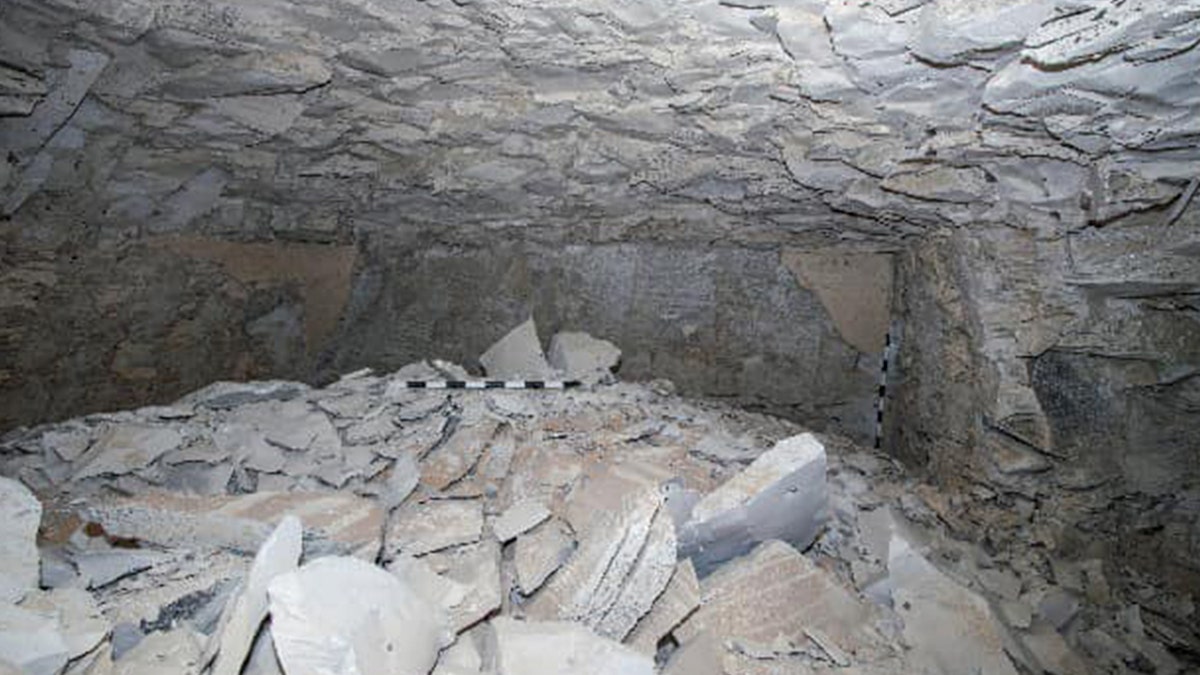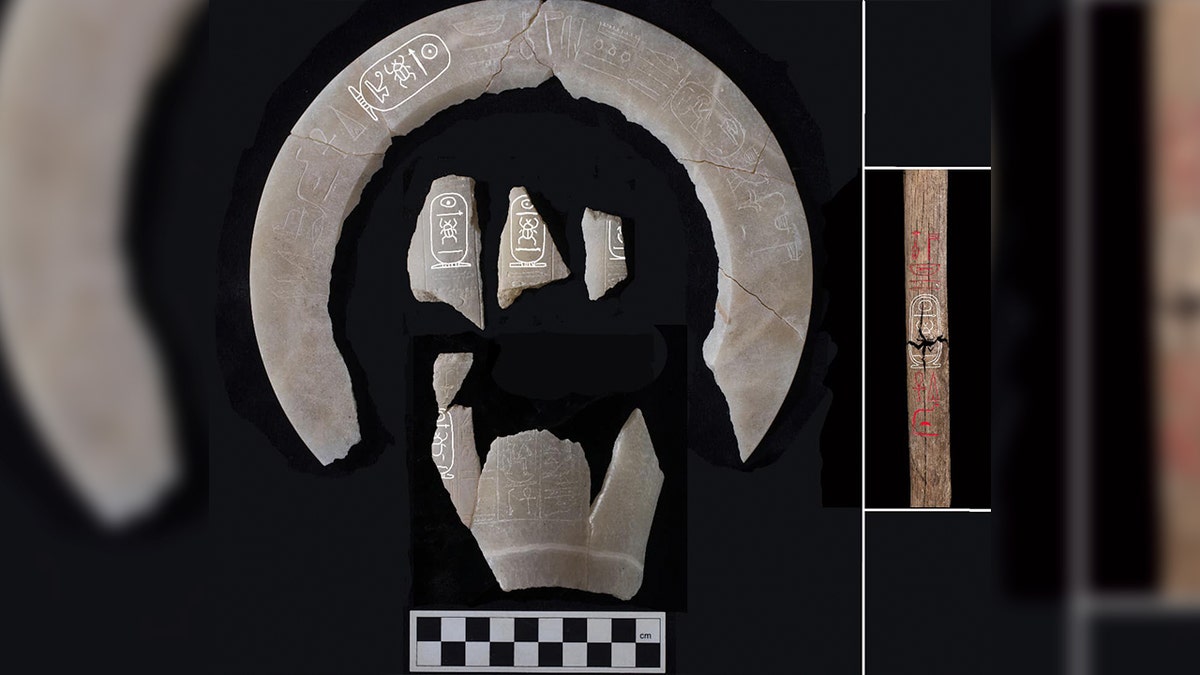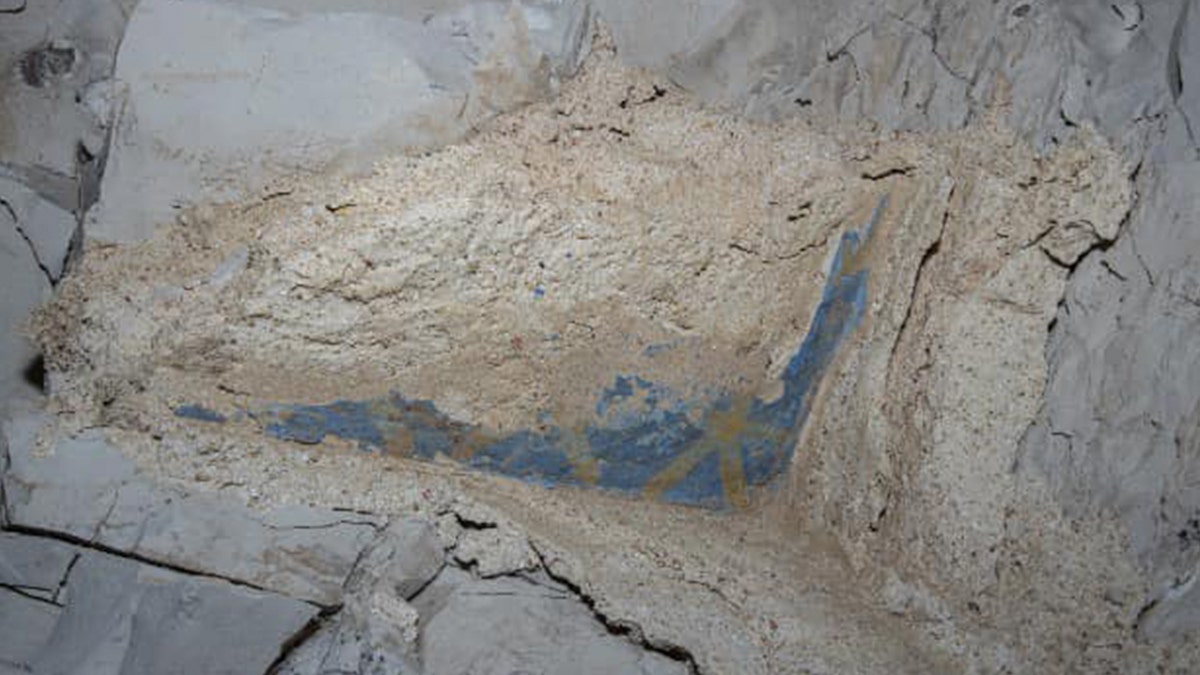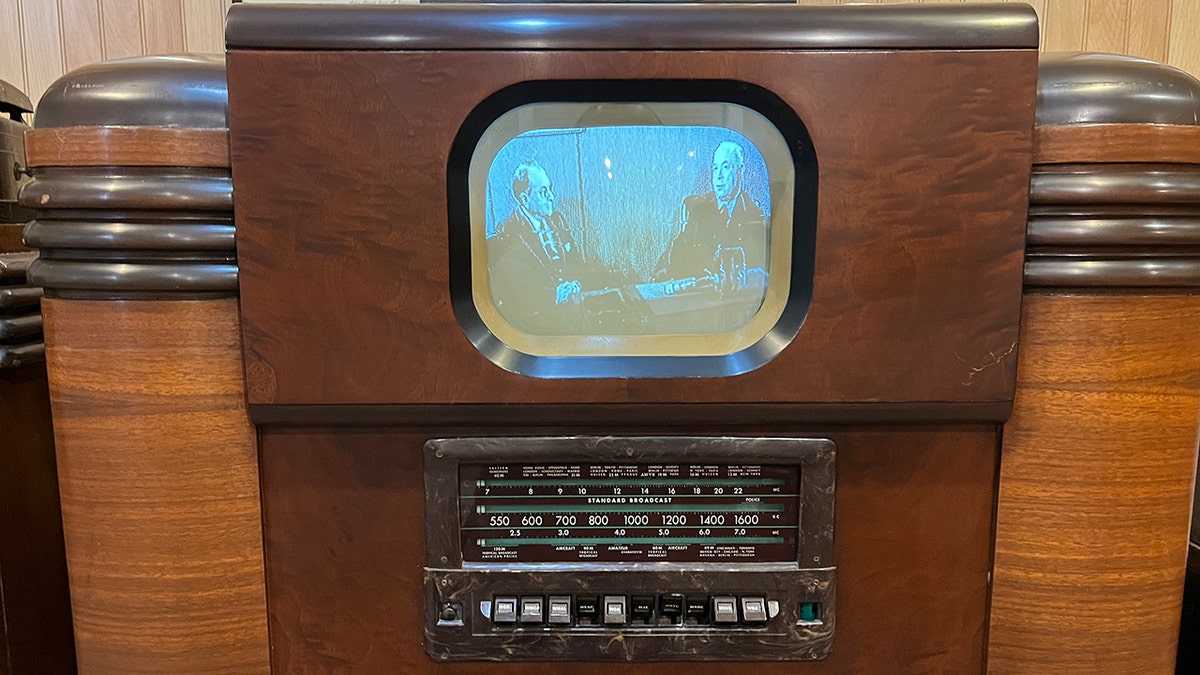A joint British-Egyptian archaeological team has made a remarkable discovery near Luxor, Egypt: the tomb of King Thutmose II. This significant find, announced by the Egyptian Ministry of Tourism and Antiquities, marks the first royal tomb unearthed since the famed discovery of Tutankhamen's tomb in 1922.
Located approximately two miles west of the Valley of the Kings, the tomb's entrance and main corridor were initially discovered in October 2022. Originally, researchers believed the tomb belonged to royal wives of the Thutmosid dynasty due to its proximity to the tombs of King Thutmose III's wives and Queen Hatshepsut's tomb, which she had prepared as a royal consort before her ascension to pharaoh.

However, further investigation revealed artifacts bearing inscriptions with the name of Pharaoh Thutmose II, identified as the “deceased king,” along with inscriptions of his chief royal consort, Queen Hatshepsut. These fragmented alabaster jars confirmed the tomb's true ownership.
Thutmose II, believed to have reigned circa 1492-1479 BC, according to University College London, met an untimely end, and his tomb suffered significant water damage following his death. The archaeological team undertook extensive restoration to recover and preserve the fallen plaster fragments and other artifacts within the tomb.

Mohamed Ismail Khaled, secretary general of the Supreme Council of Antiquities, hailed the discovery as a major archaeological breakthrough. He emphasized the importance of the artifacts in understanding the history of the region and the reign of Thutmose II. Of particular note is the discovery of funerary furniture belonging to the king, a first-of-its-kind find, as no such items from Thutmose II's reign exist in any museum collections worldwide.

This remarkable discovery provides valuable new insights into ancient Egyptian history and royalty, enriching our understanding of this fascinating period.








